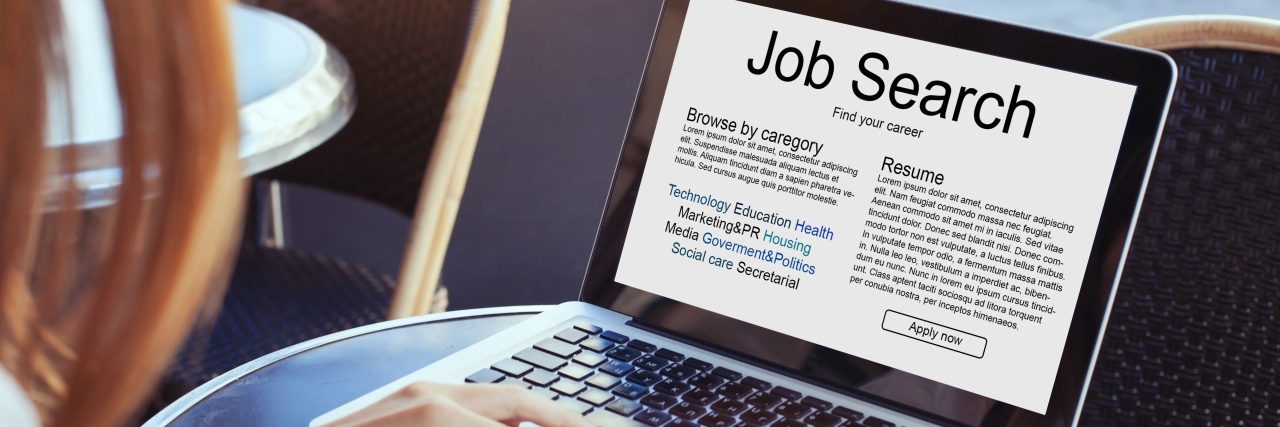For the past six months, I have been unemployed. I am 24 years old, and when my unemployment began, I had just finished a yearlong fellowship. During the six months, I was looking for my next full-time position. I expected to learn and grow emotionally during my bout of unemployment – to explore my goals and my strengths. I did not expect that I would also learn more about myself physically. It turns out that unemployment taught me a great deal about my body, and more broadly speaking, about how being unemployed lessened the pain and burden of my disability.
To back up, I will explain what my disability is. I have mild cerebral palsy. Cerebral palsy is a disability caused by a brain injury before, during or shortly after birth that results in some form of muscle paralysis. My cerebral palsy makes the right side of my body, especially my right leg, partially paralyzed. My muscles on the right side are stiffer than they should be, causing daily muscle pain in my legs and hips. This makes standing and walking for long periods of time challenging for me. I also have a hard time using the stairs on some days. The leg pain is constant, but the severity depends on the day.
I have always assumed my leg pain was an inevitable cost of my disability. But during my period of unemployment, I realized this wasn’t completely true. Since I did not have a 9 to 5 office job anymore, I could suddenly choose when I was able to sit down and lay down. I could decide on a moment’s notice whether I was going to submit job applications from the public library or while lying in my bed based on how my legs were feeling on that day. During unemployment, I suddenly had the authority to decide when and how often I needed to rest. I could do whatever I needed to do to relieve my pain.
Once I started making these adjustments, I noticed a change in the amount of pain I felt and in my energy level. I was not nearly as fatigued as I used to be. And this did not have to do with how much sleep I was getting, because I still always got plenty of sleep during my previous job. What had been fatiguing me was pushing my body to commute to work, sit up in an office chair, and walk from meeting to meeting on days where my joints were on fire. No longer needing to do this alleviated so much of my pain – and my body had not felt better in years.
It took being unemployed to learn my pain was not inevitable, because until that time I had always needed to adhere to strict expectations of where I needed to be, the hours I needed to be there, and how my body was existing in that space. I was required to be in school, sitting in a chair for nine hours, or in my office, in a chair or standing for eight hours. I could not just opt to lie down or to take breaks to stretch out my muscles in the middle of a staff meeting. This tired my body out and caused it more pain than was ever necessary.
And now – I have a new job. I would like to say I will take these lessons and implement them during my new job to continue alleviating my pain, but I know it will not be that easy. Society has expectations of how working-age adults live and use their time. My job cannot be done remotely every day, so I will need to continue moving my body as is necessary for my job. That being said, I will try to be gentler with myself and less rigid about my schedule.
Ultimately, our society often does not allow us to dictate how we use our bodies. When we can’t follow society’s expectations, we may be seen as the stereotype of the disabled person who is lazy or not working hard enough. Unemployment taught me to question what society requires of our bodies, and the undue burden that requirement disproportionately places on people with disabilities.
Getty image by Anya Berkut.

